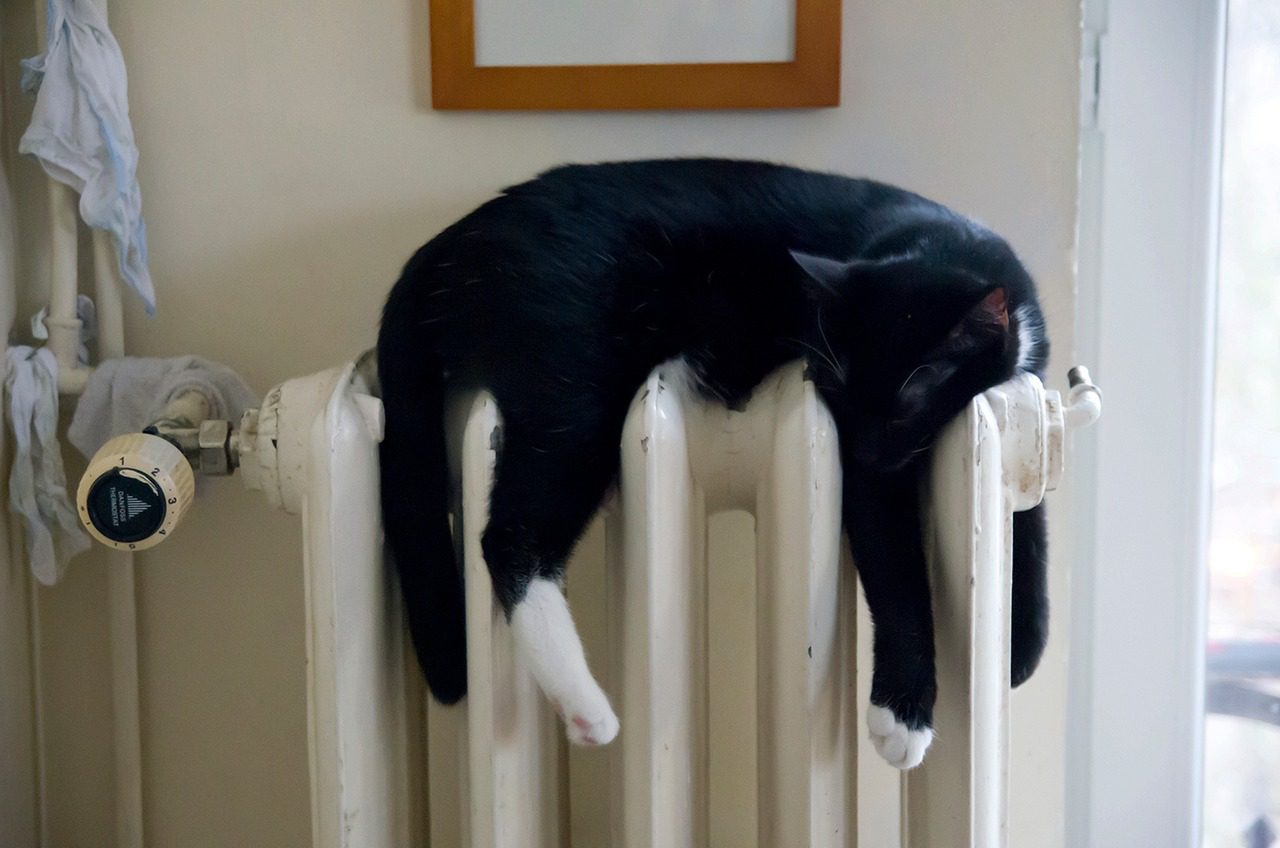Photo Credit: pxhere.com
Our ageing pets often find it harder to regulate their temperature. Keeping cool in summer involves a different set of challenges from keeping warm in winter. The Village Vet can help you manage this for them by providing relevant tips for your specific pet.
How Can You Help?
Start by ensuring their outdoor area is sheltered from wind, rain.
Beds
If they have an outdoor bed, make sure it is in a dry and warm and kept out of drafts and damp. A second bed in a sunny spot is often a favourite for part of the day when your pet is alone outside.
Old carpet squares or blankets placed under their beds can protect them from cold flooring and floor board drafts and reduce heat loss.
Indoor beds should be kept away from damp and drafts and pets should be towelled dry if coming in from the rain.
Clothing
There are many clothing options that are safe and pet friendly. Some animals love their jackets but if yours is one that scorns clothing, make up for this by laying warm fleece blankets in and around their bed.
Heat Packs
Heat packs and heated beds can be a great help if used correctly. The Village Vet staff will advise how to use these safely with your pet.
Senior Classes
We all know about puppy classes but a class for seniors can be of great help when adapting to managing an aging pet.
Senior classes teach you about massage, correct heat application, physio techniques and more to keep your older dog in a more comfortable state. Acupuncture may be offered as well as mobility exercises to ease pain and increase movement. Remember, these exercises are not only beneficial for pain management but provide a bonding opportunity with your senior.
Ask our staff or look up Both Ends of the Lead if this sounds like something you would are interested in. Tim Norris is a professional Canine Rehabilitation Practitioner & Pain Management Expert who will work with you and your pet to achieve best care in senior years.
Signs Your Pet is Cold
- Shivering
- Shaking
- Whining
- Anxious behaviour
- Seeking places to shelter
- Hunched posture with tucked tail
- Lifting one paw off the ground
There’s nothing like a brisk walk around the block (or a leisurely sniff-athon!) to get your temperature warmed up in winter, so make sure you keep those exercise routines going, regardless of the weather. Time spent outdoors together can decrease cortisol levels (stress hormone), lower blood pressure and combat loneliness.
Keeping your pets cool in summer and warm in winter can be critical to their wellbeing, energy levels, joint health, body pain and discomfort.
Sources
- Dr Martine Perkins, Director, Pymble Veterinary Clinic & Killara Veterinary Hospital
- Vets Choice. Article by Dr Alice Marshall, Registered Veterinarian (NSW VSB)
- 4CYTE Pathology
- Both Ends of the Lead


